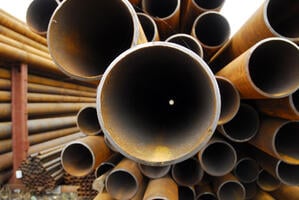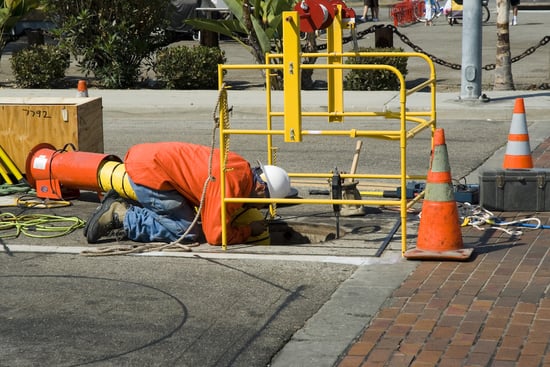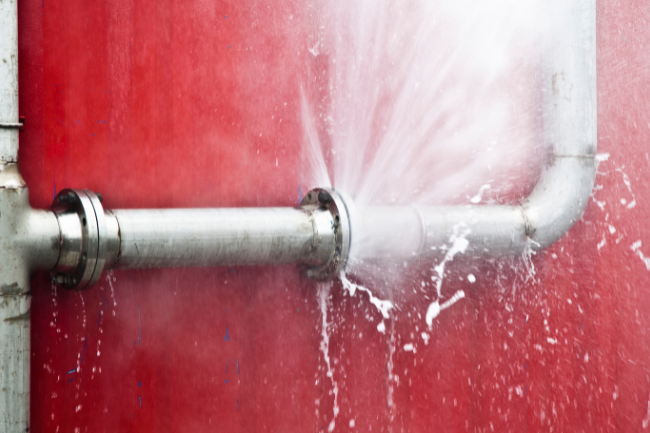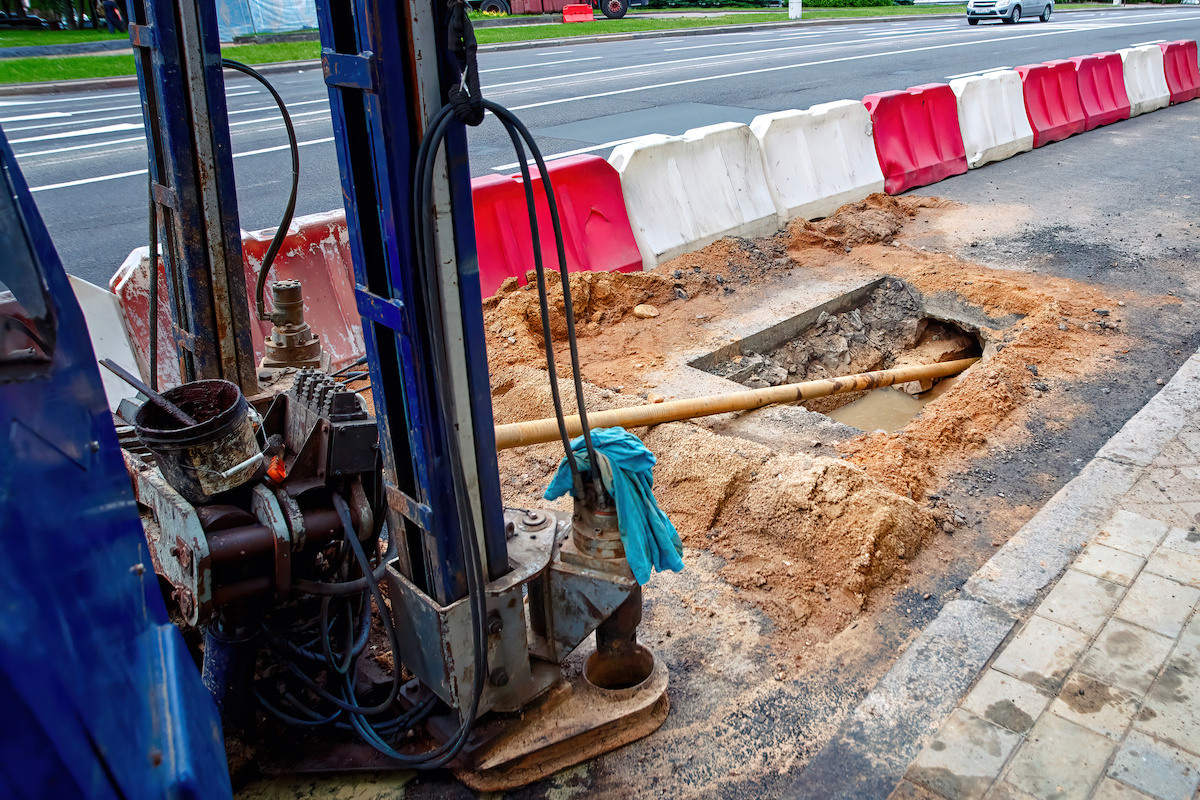What Everybody Ought To Know About Sewer Lines
Posted by William Heinselman on
 Sewer pipe lines perform crucial functions in home and business plumbing, and problems with such systems will often result in frustrating, expensive repairs. If everybody stayed informed on how their sewer lines work, as well as common damage causes, these damages could often be either fully avoided, or at least limited.
Sewer pipe lines perform crucial functions in home and business plumbing, and problems with such systems will often result in frustrating, expensive repairs. If everybody stayed informed on how their sewer lines work, as well as common damage causes, these damages could often be either fully avoided, or at least limited.
In the unfortunate event that sewer line damages still occur, however, there are innovative, new solutions that can fully repair these pipes with minimal costs and hassle for homeowners.
The Varying Causes of Sewer Line Damage
When dealing with home or business sewer lines, it’s important to know all the unique factors and conditions that can put your pipe lines at risk, so you can better avoid them, or limit their impact on your sewer lines. By knowing what to look out for, and any warning signs your pipes may be damaged or corroding, you can assess these problems before they grow severely, and require more costly, extensive repairs.
The most common causes of business and home sewer line damage are:
- Poor installation, or faulty materials, joint seals and connections
- Chemical corrosion
- Frozen pipes, and the pipe cracking that cold can cause
- Plant and foliage root penetration to nearby pipe lines
- Deterioration with age, such as is often seen in Orangeburg pipe systems
- Clogging and rust
Be on the lookout for decreased sewer performance, changes in water flow or concentrated dampness around your lawn; these are common, telltale signs of sewer pipe damage. It’s always best to stay ahead of the curve and informed when it concerns the condition of your sewer pipe line.
If you suspect line damage, we suggest having a professional sewer pipe inspection right away. With today’s technology, specialists can run small cameras into your sewer line using a snaking, wire tool; this visual inspection can detail the extent and severity of sewer line damage. By knowing the exact condition of your sewer line, you can make better, more appropriate repair decisions.
How Professionals Traditionally Renovate Damages
Once sewer line damage has been positively identified by a professional plumbing service, homeowners and business system planners must consider their repair options. If they go the traditional route, they will hire a pipe repair team to excavate their damaged sewer line and replace, seal or remove damaged sections. In these operations, the repair team will physically dig out lawns and soil surrounding the sewer pipe to assess damages.
This traditional repair method, also known as “trenching” repair, results in significant, expensive lawn damage, which will often require a professional landscaping service to fix. Not only that, but these methods can also be dangerous for both repair workers and yourself, as harmful mold and asbestos may be lurking underground; unhealthy substances at risk for exposure during digging. With so much labor involved in trenching sewer line renovations, one can expect significant overhead costs and a lengthy repair, often spanning several days. It’s due to these requirements and risks that many have sought out new solutions for repairing their sewer lines; specifically, trenchless technologies.
Innovations That Change The Repair Process
Trenchless pipe repair technologies are called such because they eliminate the trenching of traditional methods, instead using cured-in-place pipe solutions to renovate sewer line damage. Trenchless methods have rapidly grown in popularity across the country, performing as a widely available, non-intrusive remedy for virtually any type of pipe damage.
As trenchless methods pertain to sewer line damage, the repair process begins immediately following professional video inspection, which indicates exactly where trenchless specialists should focus their repair efforts. Using epoxy liquid resins, specialists coat the inner walls of affected pipe areas; these resins are the adhesives that mold new pipe walls to damaged areas. After application, a Perma-liner solution is fed through a small ground opening to your existing pipe, where it cures in-place to damaged areas.
After mere hours, these new Perma-liner sewer line walls cure and effectively seal any intrusions and pipe damage. Furthermore, by manipulating these trenchless repair technologies, specialists can focus liner application on concentrated areas of pipe, in a process known as sectional point repair, or even fully replace pipes damaged beyond repair, in an application called pipe bursting.
Trenchless Solutions Bring Immediate Rewards
For those skeptical toward these innovative new techniques, they should learn the great benefits of trenchless repairs, in both the short- and long-term. Trenchless repair operations can typically be completed in a single day, significantly lowering overhead labor costs and returning sewer line performance to normal in unmatched time.
The very nature of trenchless methods eliminates the risk for asbestos and underground mold exposure, keeping workers and yourself safe. As the entire process is completed using small entrance points in your lawn, major landscaping hassles are avoided, resulting in further time and budgetary savings.
One common concern we hear regarding trenchless solutions in sewer line repair is over their durability, and expected performance life. This is, fortunately for homeowners and business sewer planners, an unnecessary concern, as the Perma-Lateral Liner System can last well over 50 years.
Think about that: a sewer repair solution with minimal damage to your lawn and virtually zero health risks, which can also be completed in a single day. A greener, cleaner and more cost effective remedy to any extent of sewer line damage, trenchless methods have completely changed the way pipe repairs are made for the better. To learn more about how these innovative solutions can resolve any pipe damages you may have, or for more information regarding a professional sewer line inspection, contact us today!
Topics: Trenchless Technology, Sewers






